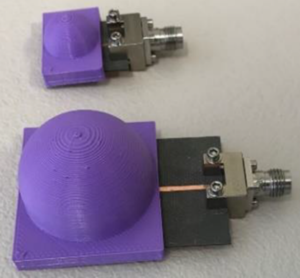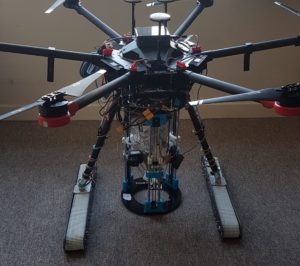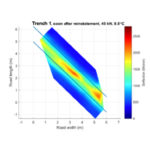
Investigating the relationship between trenching practice and road deterioration using a field trial
A site trial into the impact of open cut construction on the road, ground and buried infrastructure. It shows that trenching, even if reinstated to the high end of the specification, weakens the road locally.
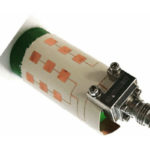
Flexible rectennas for wireless power transfer to wearable sensors at 24 GHz
This paper presents the design and implementation of efficient & compact flexible rectennas (antenna + rectifier) for wireless power transfer to wearable IoT sensor nodes at 24 GHz.

Editorial: Selected papers from IEEE ICASI 2018
This Special Issue selected 10 excellent papers from 50 papers relevant to the topic of applied system innovation presented at the IEEE ICASI 2018. A summary of each of the selected papers is presented.

Briefing: Engineering for the far future: rethinking the value proposition
This briefing summarises challenges identified by an ICE workshop. The overarching theme that emerged was that infrastructure does not adequately take into account the value that could be gained from its long-term service provision.
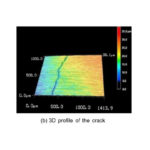
Steel crack depth estimation based on 2D images using artificial neural networks
A novel system was developed to detect steel cracks and to estimate their depth from 2D images in order to develop an affordable and user-friendly inspection system to replace expensive 3D measurement devices.
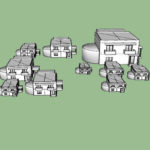
Predictions of settlement risk induced by tunnelling using BIM and 3D visualization tools
A new methodology to utilize 3D-BIM based models, with associated geological information, to analyse 3D models for the prediction of the tunnelling-induced settlement damage susceptibility of buildings.

Influence of propeller overlap on large-scale tandem UAV performance
Investigating the interference from overlapping Unmanned Aerial Vehicle (UAV) propellers during hovering flight. It highlights a region of beneficial overlap, which has the potential to be advantageous to a wide range of UAVs.

Serious gaming as a means of facilitating truly smart cities: a narrative review
This paper proposes that way-finding games should be developed to both create cities to which citizens aspire and deliver a change in attitudes and behaviours to make such cities work.
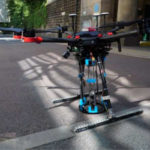
Infrastructure robotics research at the University of Leeds
An introduction to the infrastructure robotics research at the University of Leeds covering the Self-Repairing Cities and Pipebots projects. Presented at Research, Invention, and Innovation Congress (RI2C 2019), 11-13 Dec 2019, Bangkok, Thailand.
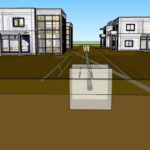
BIM for the Underground – An enabler of trenchless construction
The subsurface space in urban areas is an important asset, but information can be poor. This paper proposes a Building Information Model (BIM) for underground applications as means to address this information gap.

Assessing the underworld – A three-infrastructure approach to remote sensing
The paper argues that surveying in advance of trenchless works should be broadened to cover the constitution and the condition of road, buried and geotechnical infrastructure. Presented at No-Dig 2019.

Novel business models in support of trenchless cities
A new approach to the development of alternative business models that capture not only the direct and indirect costs of engineering works, but also be broader social and environmental costs. Presented at No-Dig 2019.



